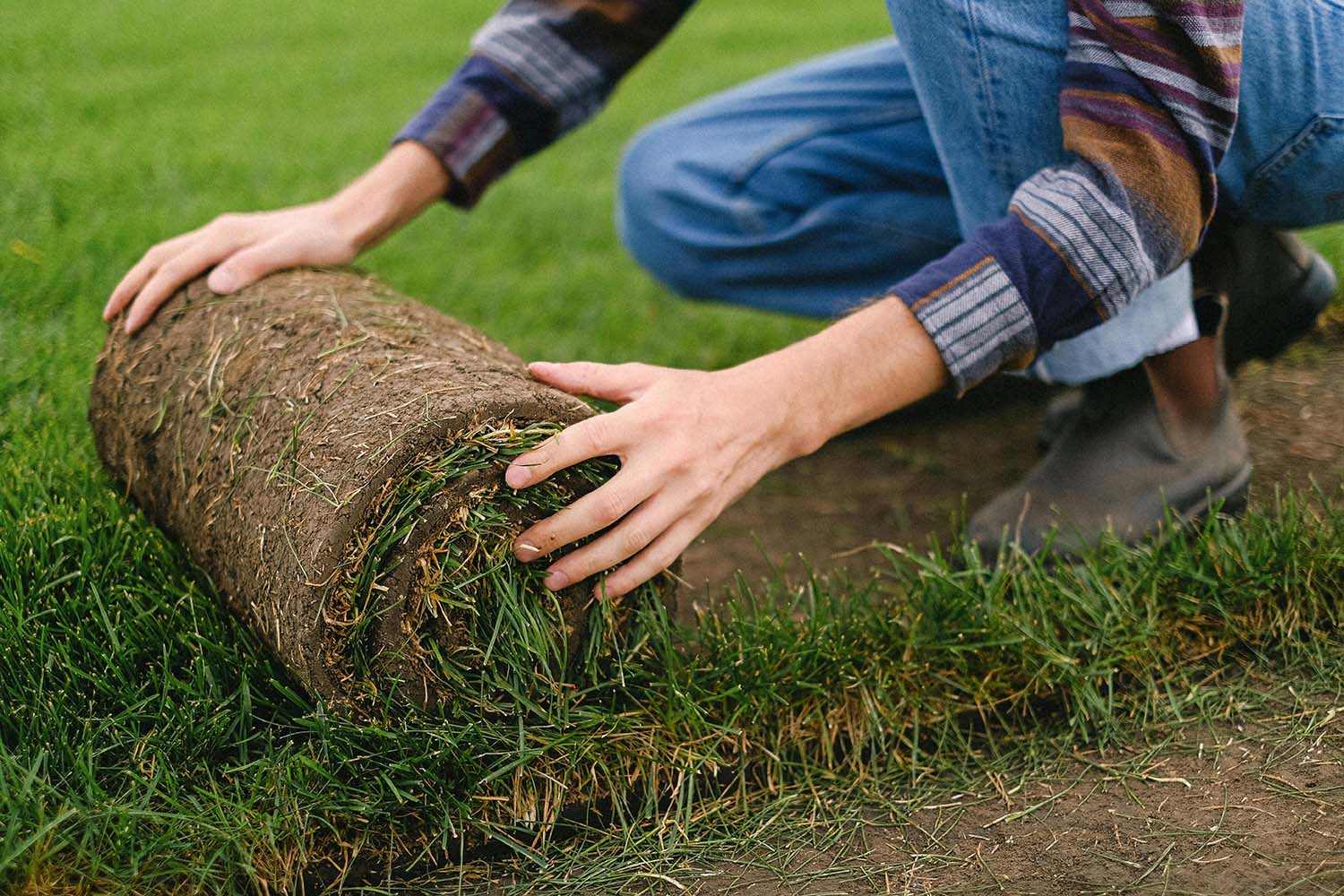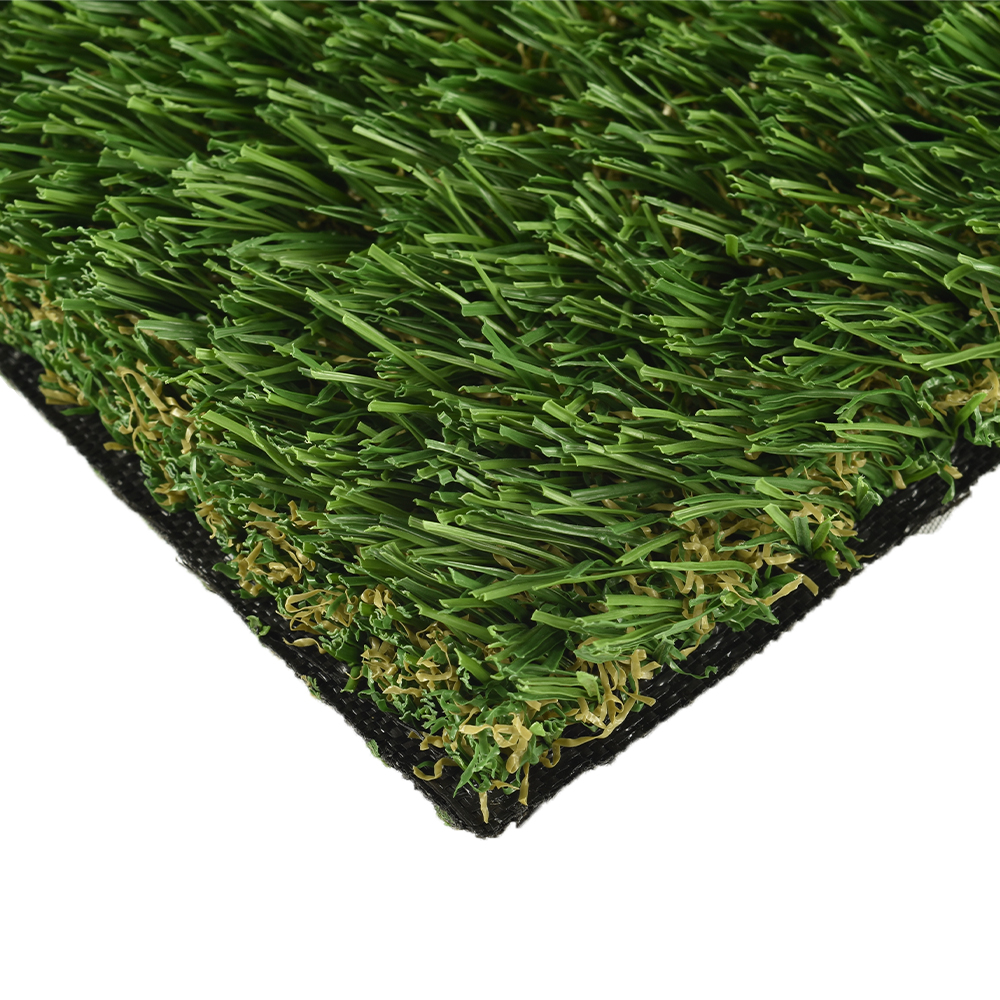See Why Homeowners Prefer Synthetic Grass for Lasting Landscape Design Practices
As property owners progressively prioritize sustainability in landscaping, fabricated turf has actually emerged as an engaging option to traditional lawn. What remains to be checked out is the complete range of advantages that fabricated grass can provide to home owners and the environment alike.
Water Conservation Perks
Among one of the most considerable advantages of synthetic turf is its duty in water conservation. Conventional grass yards require significant amounts of water to keep their rich look, frequently resulting in overuse of regional water sources, specifically in dry areas. In contrast, synthetic grass removes this need completely, as it does not call for irrigation. This not just saves water yet additionally lowers the stress on municipal water supply, particularly during dry spell conditions.
Furthermore, the setup of synthetic grass can contribute to a more lasting landscape. Home owners can significantly decrease their water expenses, enabling reallocation of resources to other ecological campaigns or home uses. Additionally, synthetic grass is made to endure different weather problems without the demand for extra watering, making it an optimal selection for areas dealing with water shortage.
The environmental advantages expand beyond immediate water financial savings. By minimizing water intake, fabricated turf helps to minimize the impacts of environment modification, preserving important communities that are endangered by extreme water extraction. As sustainable landscape design techniques get grip, man-made grass arises as an accountable option for home owners seeking to develop environment-friendly outdoor spaces.
Decreased Upkeep Initiatives
Synthetic turf significantly lowers maintenance initiatives contrasted to standard lawn lawns. With fabricated lawn, home owners can get rid of the lengthy tasks connected with natural landscape design, such as mowing, fertilizing, and weeding. This not only conserves useful time however additionally lowers physical labor, making yard treatment accessible for individuals of every ages.
Among one of the most notable benefits is the absence of routine mowing. Traditional grass require frequent cutting to keep an aesthetically pleasing elevation, whereas artificial turf remains continually lush without the demand for cutting. Furthermore, property owners no much longer need to apply plant foods or chemicals, which are commonly needed to maintain all-natural yard healthy and balanced. This change not just lightens the workload however also promotes a neater, more consistent appearance year-round.
Additionally, man-made grass is resilient and sturdy, calling for minimal upkeep beyond occasional cleaning and rinsing to eliminate debris. This ease of maintenance permits house owners to enjoy their outside spaces without the continuous worry of maintenance, supplying more time for recreation and family tasks. Inevitably, the decreased upkeep efforts linked with synthetic lawn make it an attractive alternative for those seeking a low-maintenance, aesthetically appealing landscape.

Ecological Effect Decrease
There is a growing recognition of the ecological benefits linked with man-made turf, specifically in terms of water preservation and lowered chemical usage. Typical yards call for considerable quantities of water, especially in drought-prone areas, resulting in increased stress on neighborhood water resources. On the other hand, synthetic grass eliminates the requirement for watering, dramatically decreasing water usage and advertising sustainability.
Additionally, standard lawn maintenance usually includes the application of herbicides, chemicals, and fertilizers, which can add to soil and water contamination. Synthetic grass alleviates this environmental danger by requiring very little upkeep and practically removing the requirement for hazardous chemicals. This not just boosts soil wellness yet likewise secures local communities from toxic drainage.
Moreover, the try this out production of natural yard lawns usually entails making use of fossil fuels for mowing and landscaping devices, additional contributing to greenhouse gas emissions. By choosing synthetic turf, property owners can substantially reduce their carbon footprint associated with lawn treatment tasks.
Visual Charm and Convenience
In enhancement to its environmental benefits, synthetic grass supplies considerable visual allure and adaptability for landscape design. Property owners can attain a lush, eco-friendly look year-round, eliminating the seasonal changes generally connected with all-natural grass. This consistent visual not just enhances the visual allure of a home yet also contributes to a well-maintained and refined look.
Additionally, artificial grass is offered in a range of colors, styles, and structures, permitting personalization to suit individual preferences and style styles - Phoenix turf companies. Whether made use of in household yards, commercial spaces, or recreational areas, it can effortlessly incorporate into diverse landscaping styles, from modern minimal to rich exotic setups
The convenience of artificial grass prolongs past mere appearance; it can be set up in numerous locations, consisting of roofs, patio Website areas, and even indoor spaces, producing possibilities for one-of-a-kind landscaping options. Furthermore, it appropriates for a variety of tasks, from children's backyard to pet-friendly settings, providing performance without compromising style.
Ultimately, the visual allure and convenience of fabricated turf make it an appealing choice for house owners looking for lasting landscape design remedies that do not give up elegance for ecological duty.

Long-Term Price Financial Savings
One of the most compelling benefits of man-made lawn is its capacity for lasting cost financial savings. Unlike natural yard, which needs normal maintenance-- consisting of mowing, watering, fertilizing, and parasite control-- synthetic turf substantially lowers these continuous expenses.
Furthermore, synthetic grass has a lifespan of 15 to 25 years, depending upon its top quality and usage. This durability reduces replacement expenses, making it an extra affordable selection in the lengthy run. Moreover, the preliminary investment in synthetic grass can commonly be redeemed via the More hints financial savings accrued over time.
While the upfront cost may appear greater compared to sod installation, the cumulative savings from decreased maintenance and water use usually surpass these first expenses. Eventually, the adoption of man-made grass not only advertises a lasting landscape design option however also provides property owners an economically smart choice that aligns with long-term budgeting objectives.
Final Thought
Synthetic grass becomes an engaging alternative for lasting landscaping, offering considerable advantages in water conservation, lowered maintenance efforts, and decreased ecological effect. Its aesthetic allure and flexibility boost the aesthetic landscape while lining up with contemporary sustainability goals. Lasting expense savings add to its beauty for home owners. As communities increasingly focus on eco-friendly practices, the fostering of synthetic grass represents a modern action toward attaining lasting and durable landscapes.
In addition, artificial lawn is designed to endure different climatic conditions without the need for supplemental watering, making it a suitable option for regions dealing with water shortage. (Phoenix turf companies)

Synthetic turf emerges as a compelling alternative for lasting landscaping, providing significant benefits in water conservation, decreased maintenance efforts, and lessened ecological effect.